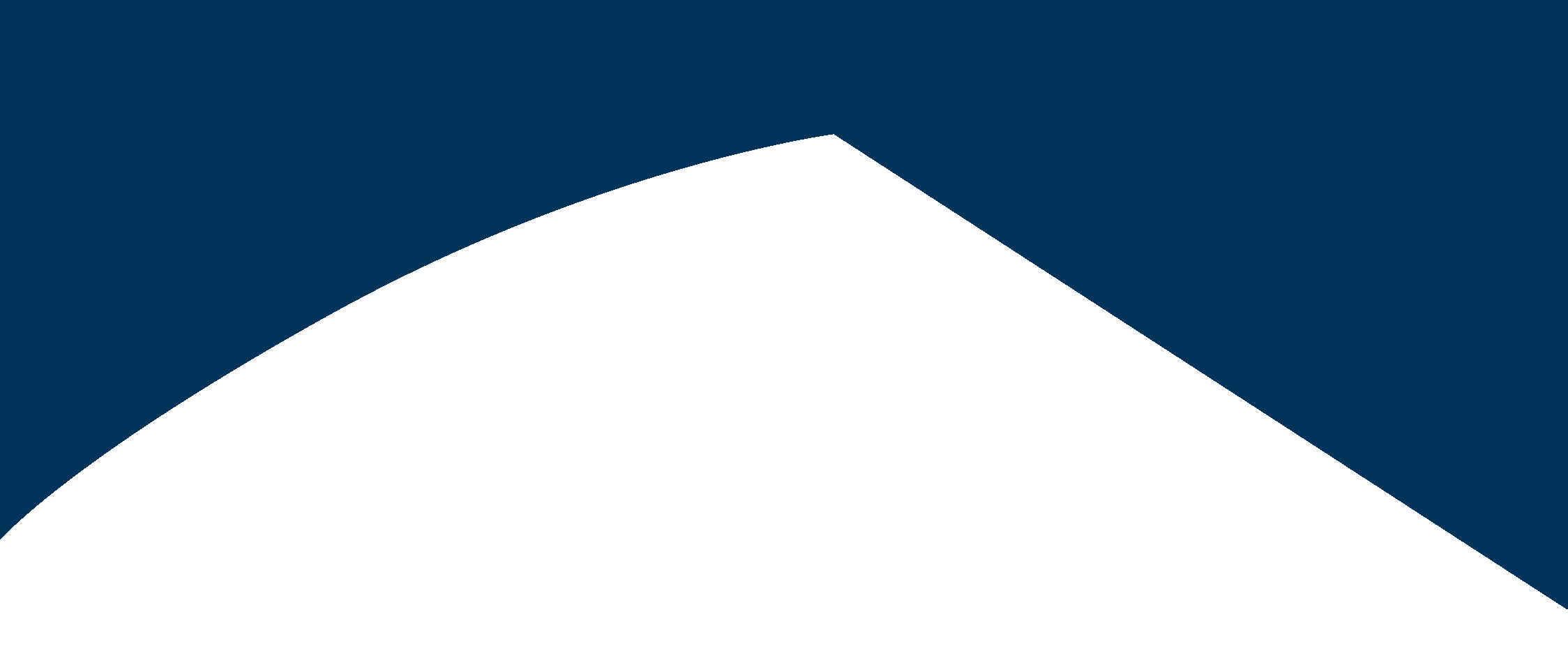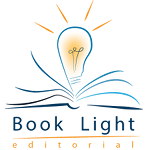
March’s theme was Opening Pages, and it wound up being an incredibly broad topic! There’s a lot that needs to happen in a novel’s first pages, and nailing it might very well be the key to securing that agent, or hooking that elusive reader. That’s why, if there’s ever a space of your book to edit meticulously, it’s these precious first pages.
In case you missed it, let’s delve into some suggestions. These aren’t exclusive to a fantastic opening, but following these tips can definitely help set your novel apart!
- Utilize Beta Readers: A beta reader (or critique partner) worth their salt is invaluable to your first pages. Even if they don’t have time to read your entire novel, a brief critique of your opening words can give a lot of insight! But don’t forget that half of the battle as a writer is what feedback to accept, and what to politely discard.
- Limit the Characters: Truly excellent opening pages are a show of finesse—revealing just enough information to keep readers intrigued without being overwhelmed. Part of this battle is ensuring you don’t introduce too many characters at once! Let them join the plot naturally, rather than shoving them all into your first pages.
- Expand on Your Main Character Slowly: Introducing a character is a necessity, but that doesn’t mean we need to know their tragic backstory, secret crush, and favorite ice cream flavor right away. Sometimes, a tantalizing clue without explanation—a throwaway line between characters, or a secret glance that implies deeper emotion—can prompt a reader to sink into the mystery of your main character.
- Check Your First Sentences: The best first sentences establish your world and imply a conflict, whether that’s through foreshadowing or an immediate problem. Test out different versions with your beta readers and friends and see which one grabs people the fastest! If there’s ever a sentence to revise, it’s this one.
- Use the Iceberg Method of Worldbuilding: The Iceberg Method means that although you know 100% of the worldbuilding yourself, you only reveal 10% of it to the reader. The other 90% should be hidden beneath the surface, but still have a direct impact on your plot. Things like how your character responds to conflict, how they relax, how they make money—it all depends on that 90%! You want to pepper in that world building by having your characters interact with pieces that imply more about your world than a typical item would (like using a steam-powered hairbrush instead of a regular wooden one).
- Avoid White Room Syndrome: Give your readers a physical anchor into the scene. By taking the time to describe location, character appearance, character names, etc., you’ll ensure your readers—at the very least—know what’s physically happening in the opening pages of your book.
- Who’s Your Narrator? Once you decide on your POV (first, third, or on rare occasions, second) and your narrator (is it your main character… or someone else?), your writing style should change accordingly. A vivid narrator can hook readers faster than the most engaging action scene… just imagine how different A Christmas Story would be without its unique narrator!
- Avoid Prologues. Well, okay, not always. But the reason agents dislike them is because most writers use prologues as an easy out, a way to tell what's important rather than weaving the past's echoing ramifications into the narrative. A way to tell the plot through another’s eyes rather than showing it through your MC’s. Analyze your prologue carefully, and ask, “Can I show this information elsewhere?” If the answer is yes, your novel will be stronger without it!
-
Make Your MC Sympathetic/Relatable: This is self-explanatory—it’s “Save the Cat” in its purest form. If your MC isn’t sympathetic somehow, your reader will have a hard time connecting with them. They can be the biggest, baddest villain out there, but the second they pause world conquest to save the dog, they’re heroes in the minds of your readers. And more importantly, they’re people a reader would want to follow for 400 pages.
Main characters become relatable by having understandable reasons and motivations. Even if you wouldn't do what they do, you get why they are the way they are. Understanding the why of a character is all that is needed to get readers on board and willing to follow them through all sorts of terrible decisions/choices. Readers may not agree, but they get it.
- Hook Your Reader with Conflict: Give us some conflict in your character’s everyday world. But not your inciting incident. We want to start to work towards that inciting event without giving the whole thing away. You want new conflicts arising and to hint at what they could lead to. You want your opening pages to begin to set up the inciting incident and hint at the main conflict. Show readers how your characters could be getting embroiled in your plot, but they still have an out. It is still possible that this moment is fleeting.
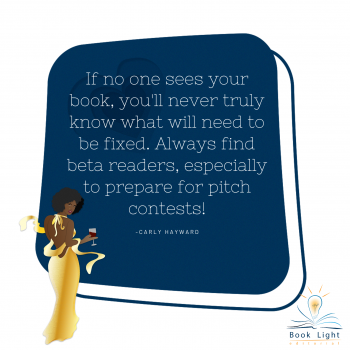

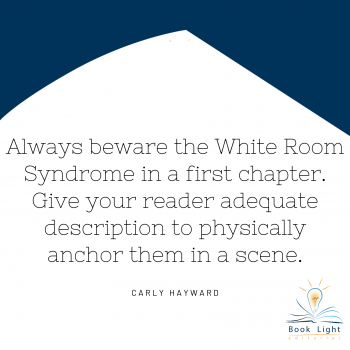
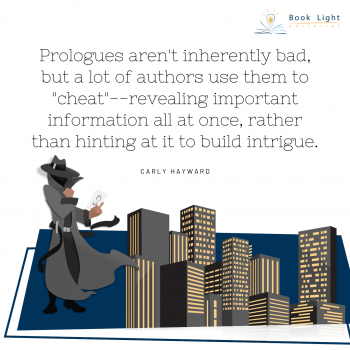
Learn more by checking out the latest episode of Story Chat Radio: Howl's Moving Castle - Opening Pages
As you can see, a lot goes into first pages. We’ve tackled a few topics here, but we definitely look forward to revisiting this theme at a later date. For now, though, we’re turning our attention forward, to April’s theme: So You Got Beta Feedback… Now What?
Stay tuned as we explore the best way to tackle edits after feedback, how to keep from getting overwhelmed, and how to decide what’s useful… and what isn’t. Follow along on our Instagram page: @BookLightEditorial. See you there!
